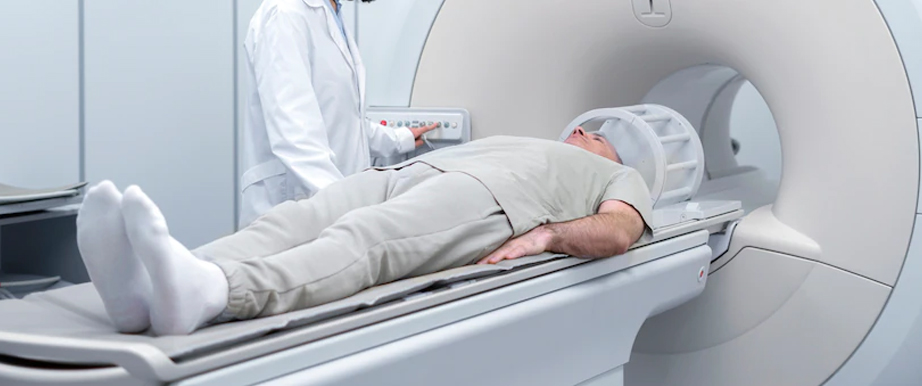Radiology

Radiology is a branch of medicine that uses medical imaging techniques to diagnose and treat diseases and injuries. Radiologists are specialized physicians trained to interpret imaging studies and provide insights into a patient’s condition. Radiology encompasses a wide range of imaging modalities, each with unique applications in healthcare.
Types of Imaging Techniques:
- X-ray: A quick and commonly used imaging technique that produces images of the body’s internal structures, especially bones. It is often used to detect fractures, infections, and other conditions.
- Computed Tomography (CT): A more advanced imaging technique that combines X-ray images taken from different angles to produce cross-sectional images (slices) of bones, organs, and tissues. CT scans are often used in emergency settings to quickly assess internal injuries.
- Magnetic Resonance Imaging (MRI): Uses powerful magnets and radio waves to create detailed images of soft tissues, including the brain, spinal cord, muscles, and ligaments. MRI is particularly useful for diagnosing neurological and musculoskeletal conditions.
- Ultrasound: Uses high-frequency sound waves to create images of soft tissues and organs. It is commonly used in obstetrics, cardiology, and to assess abdominal organs. It is safe and does not involve radiation.
- Nuclear Medicine: Involves the use of radioactive materials to diagnose or treat diseases. It includes techniques like PET (Positron Emission Tomography) scans, which can detect cancer and assess organ function.
Interventional Radiology:
A subspecialty of radiology that uses imaging guidance to perform minimally invasive procedures. This can include biopsies, drainage of fluid collections, placement of catheters, and treatment of vascular conditions. Interventional radiologists utilize imaging techniques like fluoroscopy, CT, and ultrasound to guide their interventions.
Radiation Oncology:
A specialized field focused on using radiation therapy to treat cancer. Radiation oncologists work closely with medical and surgical oncologists to develop treatment plans that target tumors while minimizing damage to surrounding healthy tissues.
Role of Radiologists
- Diagnosis: Radiologists interpret imaging studies to diagnose various medical conditions. They analyze images for signs of diseases, injuries, or abnormalities.
- Consultation: They provide consultative services to other healthcare professionals, helping guide treatment decisions based on imaging findings.
- Reporting: Radiologists generate detailed reports that summarize findings, recommendations, and any further actions needed.
- Collaboration: They often collaborate with other specialists (e.g., oncologists, surgeons, primary care physicians) to develop comprehensive treatment plans for patients.
Benefits of Radiology
- Early Detection: Imaging techniques can identify diseases at an early stage, improving treatment outcomes.
- Minimally Invasive Procedures: Interventional radiology offers less invasive options for diagnosis and treatment, leading to quicker recovery times and reduced complications.
- Comprehensive Assessments: Various imaging modalities provide a holistic view of a patient's condition, aiding in accurate diagnosis and effective treatment planning.
Meet Our Specialist Doctor
One of the top Hospitals in Ghatkopar.




 Click to Book Appointment & Bed
Click to Book Appointment & Bed